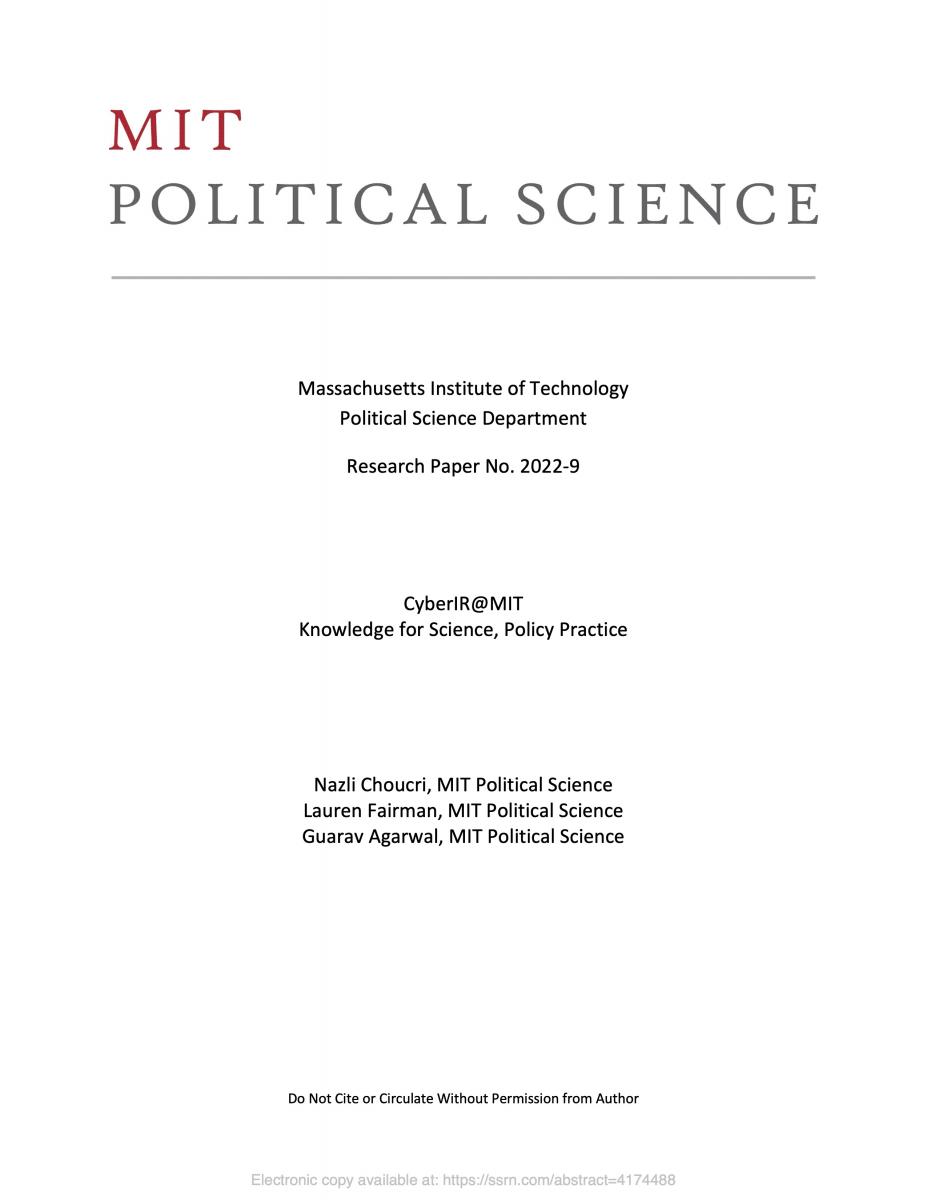Governance refers to the mechanisms—principles and norms, structures and processes—through which social activities are ordered, managed, and routinized over time. These are the system supporting elements of any system. For the most part, governance systems are generally formal & institutionalized in some manner, rather than entirely informal and based on norms and mutual expectations.
The international system as a whole—a system of states—is generally characterized as anarchic, conflict prone, dominated by “self-help” strategies and activities, and comparatively devoid of order—let alone law. This is the context within which the cyber domain took shape.
The governance of political systems is generally found in some form of authority, often centralized. Governance involves organized structures and processes, legitimacy and authority, as well as mechanisms of enforcement. This is true for individual states, not an international context. There is no global government, but there are dominant norms supported by the state system.
Public & Private
The traditional model of government is one in which hierarchy dominates in the conduct of activities to meet responsibilities, as well as in modes and directions of accountability. The formal is also endowed with official status and responsibilities assigned to various entities in the system, Generally, consensus on norms precedes the formation of institutions. The expansion of the private sector – for profit and not-for-profit – is accompanied by formalization of commensurate authority often consistent with the hierarchical model.
Internet Governance
To simplify, governance and institutions for the cyber domain are closely connected to the design and architecture of the Internet. The core built ecosystems are the essential components of the Internet’s architecture—Internet Technical Standards and Protocols (IP), Number Resources (ASN and IP address), and the DNS.
The notion of "ecosystem" helps to capture:
- Critical operational functions
- Embedded in specific institutional relationships, and
- Organized around specific products or processes
The individual “parts” of the “whole” ecosystem are distinctive in their own right, as are the adjustments and applications at different levels of aggregation.
The overall architecture was framed in a global context, thus with respect to scale and scope, governance followed – from global level, proceeding to international and regional processes, with the understanding that the national is contingent on the regional.
Functions & Capabilities
The Internet operates with institutional actors that directly perform the three major functions: technical standards, deployment, and implementation. These could be viewed as capabilities, much as we consider the capabilities of political systems.
At the same time, the construction of the Internet brought with it a distinct set of institutions – performing specific functions – that were not managed by the public sector. Over time, actors and institutions for the cyber domain evolved in different ways in relation to conventional forms of governance in the “real” domain.



